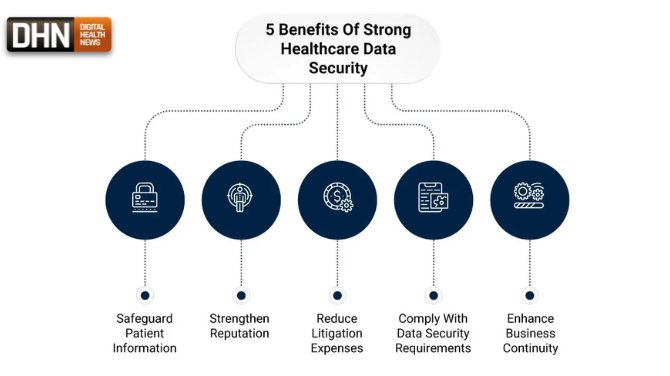How to Improve Your Data Analysis Workflow in 5 Simple Steps
How to Improve Your Data Analysis Workflow in 5 Simple Steps

Data analysis is at the heart of decision-making for businesses, researchers, and analysts. But without an efficient workflow, even the best data can lead to inaccurate insights and wasted time.
If you’re looking to optimize your data analysis workflow, here are 5 simple steps to help you work smarter, not harder.
???? 1. Define Clear Objectives Before You Start
Why It’s Important:
Jumping into data analysis without a clear goal can lead to irrelevant insights and wasted resources.
How to Improve:
-
Identify the problem you’re trying to solve.
-
Set specific objectives—are you trying to predict trends, find correlations, or make data-driven decisions?
-
Define key metrics that will measure success.
Pro Tip: Write down your goals before starting the analysis. This keeps you focused and aligned with the business objective.
???? 2. Automate Repetitive Tasks with Tools and Scripts
Why It’s Important:
Manual data cleaning, transformation, and reporting can be time-consuming and prone to errors.
How to Improve:
-
Use tools like Python (Pandas, NumPy) or R for data manipulation and analysis.
-
Automate repetitive tasks with SQL queries, Excel macros, or scripts.
-
Use data visualization tools like Tableau or Power BI for automated dashboards.
Pro Tip: Automating tasks frees up time to focus on critical thinking and data interpretation.
????️ 3. Organize Your Data for Better Accessibility
Why It’s Important:
Unorganized data leads to confusion, delays, and errors in analysis.
How to Improve:
-
Standardize data formats for consistency (e.g., date formats, measurement units).
-
Use structured databases (like SQL) for large datasets.
-
Keep data organized in folders with clear naming conventions.
Pro Tip: Create a data dictionary to document data sources, variables, and definitions. This helps both you and your team understand the data better.
???? 4. Apply a Consistent Data Analysis Process
Why It’s Important:
A consistent workflow ensures accuracy, reproducibility, and efficiency in your analysis.
How to Improve:
Follow a structured process like this:
-
Data Collection: Gather data from reliable sources.
-
Data Cleaning: Handle missing values, outliers, and inconsistencies.
-
Exploratory Data Analysis (EDA): Identify trends, patterns, and anomalies.
-
Modeling & Analysis: Apply statistical models or machine learning algorithms.
-
Visualization & Reporting: Present your findings clearly with charts and dashboards.
Pro Tip: Use version control tools (like Git) to track changes and collaborate effectively with your team.
???? 5. Continuously Review and Improve Your Workflow
Why It’s Important:
The data landscape evolves rapidly. What works today might become inefficient tomorrow.
How to Improve:
-
Seek feedback from peers or stakeholders on your analysis process.
-
Identify bottlenecks in your workflow and find ways to streamline them.
-
Stay updated with the latest tools, technologies, and best practices in data analytics.
Pro Tip: Reflect on each project—what went well, what didn’t, and how you can improve for next time.
???? Final Thoughts: Work Smarter, Not Harder
Improving your data analysis workflow isn’t about working harder; it’s about working smarter. By setting clear objectives, automating tasks, organizing your data, following a consistent process, and continuously improving, you can unlock powerful insights faster and more accurately.
Ready to take your data analysis to the next level? Start with these simple steps today!
What's Your Reaction?

















